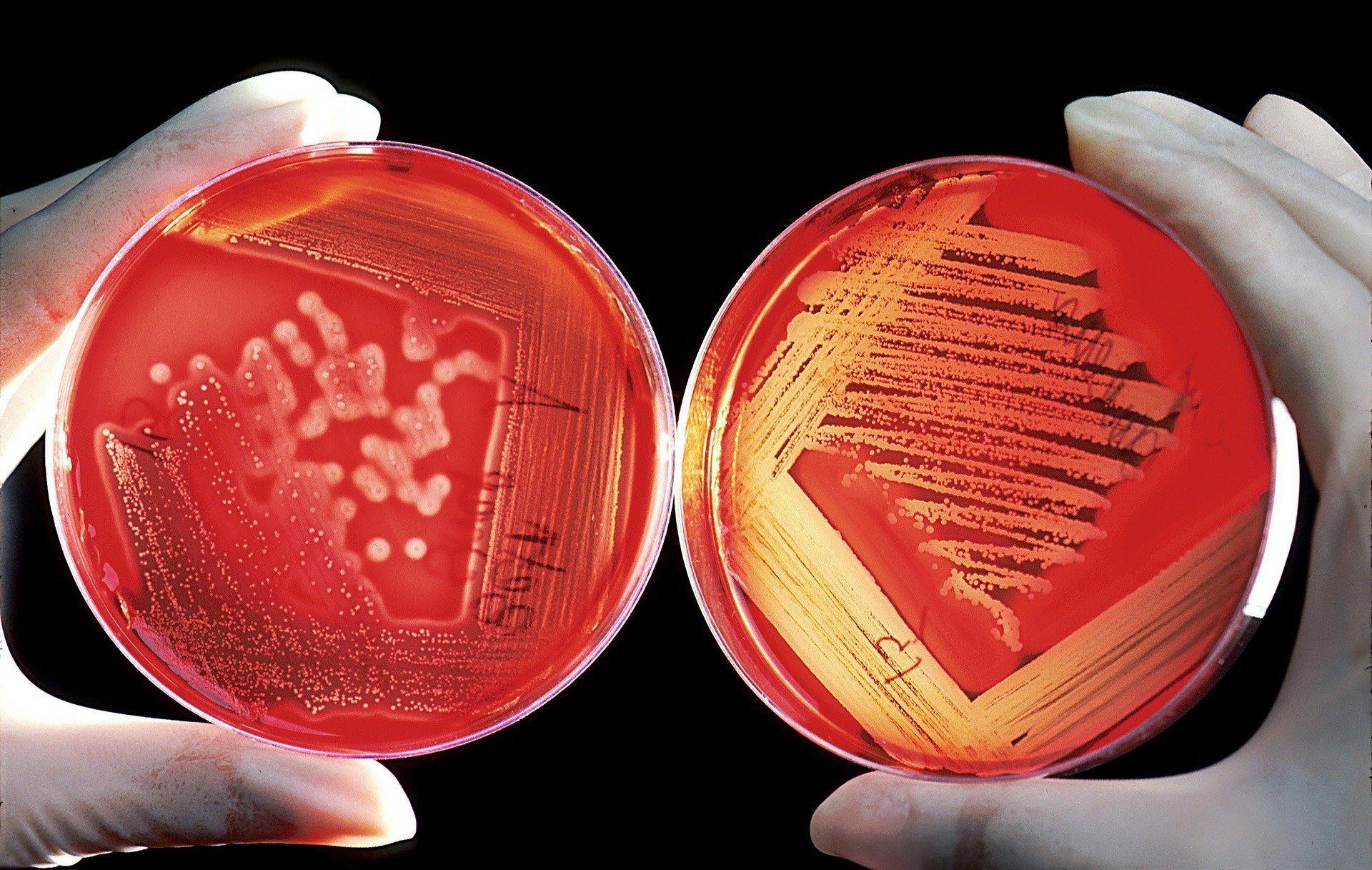Home Laboratory for Home School Parents

I have been teaching biology to small classes (9-14) of home school students in church settings. The facilities are adequate, but not set up as a formal laboratory. The Coop in which I am a tutor/teacher meets two half days a week and the church uses the same room for their functions the remainder of the week. Therefore, my labs are designed to use simple equipment and be readily cleaned up at the end of the class, rather than leave anything behind to continue processing until the next class.
In addition, I taught remotely during the pandemic and had to package up labs and distribute them to students' homes.
Therefore, I tend to have experiences that would work well in your home.
I would encourage homeschool parents to do labs with two or more students as partners. The student-to-student interaction makes it more fun for the students and develops the ability to work in a team setting, as much of science is done anyway. Conversely, sometimes younger siblings observe the student's laboratory and get excited about when they can take biology.
When considering the cost of purchasing laboratory supplies, consider that some labs may be reusable for other students or for younger siblings.
Also consider that some lab exercises may be developed around freely available or inexpensive materials. For example, dissection of a flower, examining pond water, cell scapings from inside your cheek, insect inspection using a hand lens.
There are also virtual laboratory exercises that mimic use of sophisticated equipment. Often these are available with purchase of a text book but there are several sites online that are not proprietary for a particular textbook publisher. One example that I find useful is https://www.biologysimulations.com/simulations
About Microscopes:
An adequate microscope may be your most expensive consideration. I strongly recommend a compound (i.e., both upper and lower lenses) microscope with a maximum power of at least 800X. A mechanical stage is desirable, as opposed to trying to control small movements of a slide held down by spring clips. Do not expect adequate illumination from a mirror reflecting a light source. The chapter in Biology By Design on microscopy will explain these fetaures. Expect to spend $200 to $250 if you choose to purchase new. On rare occasion, your local public library may be able to loan one out, perhaps with a set of slides. Be sure to check on eBay or other second-hand sources.
Yes, there are microscopic images available online which are useful, but microscopes are used in a variety of occupational settings and learning the basics of how to use one is an appropriate learning objective for your student.
These two resources are very helpful in considering lab materials, equipment and manuals or instructional materials. Some of the latter are free.
Carolina: https://www.carolina.com/
Home Science Tools - Biology: https://www.homesciencetools.com/biology/